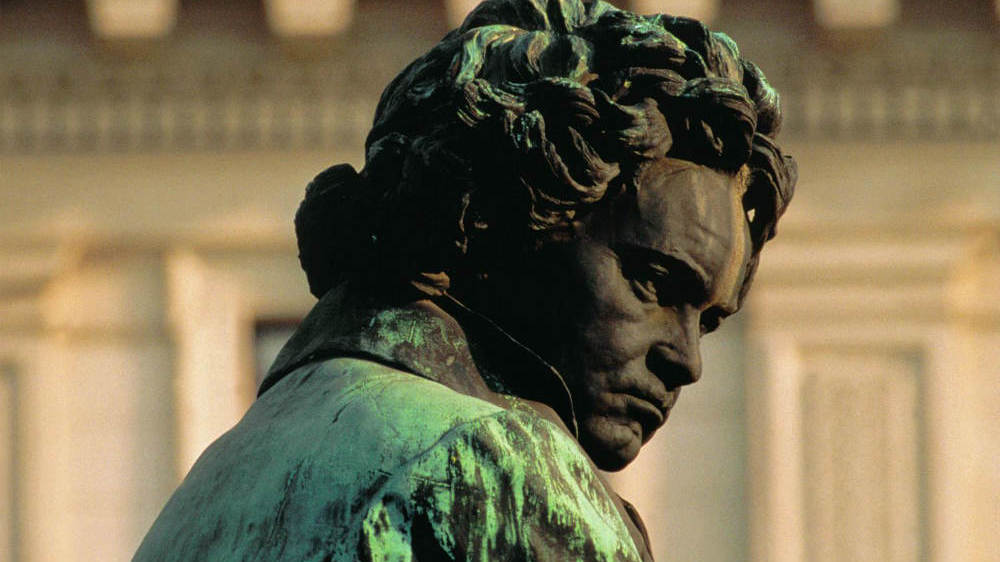Remembering Peter Schreier: Three Transcendent Recordings
The German opera singer and conductor Peter Schreier passed away in Dresden on Christmas Day. He was 84. Schreier will be remembered as one of the twentieth century’s greatest lyric tenors. In addition to appearances at the world’s leading opera houses, he specialized in German Lieder (songs) and other concert repertoire. He drew acclaim for his numerous performances of the Evangelist roles in Bach’s Christmas Oratorio and Passion. A common thread runs through …






